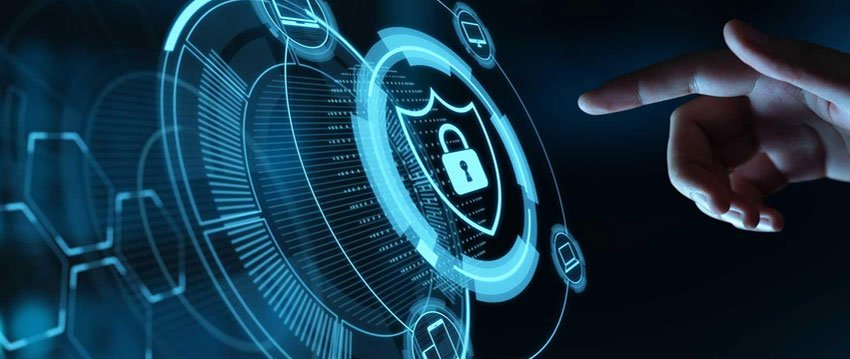Ransomware is a type of malware that encrypts a victim’s files and demands a ransom payment to decrypt them. It is a growing threat to businesses and individuals as it becomes more sophisticated and prevalent.
Ransomware attacks usually start with a phishing email that contains an attachment or a link to a malicious website. When the user opens the attachment or clicks on the link, the ransomware payload is downloaded and executed. The ransomware then begins to encrypt the victim’s files with a strong encryption algorithm.
Once the files are encrypted, the ransomware displays a ransom note on the victim’s screen with instructions on how to pay the ransom and decrypt the files. The ransom amount is usually demanded in Bitcoin or another cryptocurrency.
There are many different types of ransomware, but the most common are Cryptolocker, Cryptowall, and Locky.
Ransomware is a serious threat because it can result in the loss of important data or files, and the ransom payment may not guarantee the decryption of the files. Additionally, paying the ransom only encourages the attackers and funds their future attacks.
businesses and individuals can take steps to protect themselves from ransomware attacks. These steps include backing up data regularly, keeping security software up to date, and being cautious when opening email attachments or clicking on links.
Here are 10 must-know facts about ransomware:
1. Ransomware is a type of malware that encrypts a victim’s files and demands a ransom payment in order to decrypt them.
2. Ransomware attacks are becoming increasingly common, with a wide range of organizations and individuals falling victim to them.
3. Ransomware can be spread through a variety of methods, including email attachments, malicious websites, and infected software downloads.
4. Once a system is infected with ransomware, the malware will typically encrypt a wide range of file types, making them inaccessible to the victim.
5. In order to decrypt the files, the victim is typically required to pay a ransom payment, which is often demanded in Bitcoin.
6. Ransom payments can vary widely, but are typically in the range of a few hundred to a few thousand dollars.
7. There is no guarantee that paying the ransom will result in the files being decrypted, and in some cases, victims have reported that their files remained encrypted even after paying the ransom.
8. Ransomware attacks can have a significant impact on organizations, leading to downtime, data loss, and financial losses.
9. Individuals can also be impacted by ransomware attacks, often losing access to important personal files such as photos and documents.
10. There are a number of steps that organizations and individuals can take to protect themselves from ransomware attacks, including backing up data, using antivirus software, and being cautious when opening email attachments and clicking on links.

What is cybersecurity?
Cybersecurity is the practice of protecting electronic information by mitigating information risks and vulnerabilities. Information risks can include unauthorized access, use, disclosure, interception, or destruction of data. Data can include, but is not limited to, the confidential information of business or individual users.
Unauthorized access is gained when an individual or entity bypasses security measures to gain access to data. This can be done through hacking, which is the use of technology to exploit vulnerabilities in a system. Once access is gained, the hacker can view, copy, or delete data.
Use refers to the unauthorized use of data. This can include using data for personal gain or to commit fraud. For example, a hacker may access a business’s customer database and use the information to commit identity theft.
Disclosure occurs when data is unintentionally released to an unauthorized individual or entity. This can happen through data breaches, which are unauthorized access or disclosure of data. Data breaches can occur when data is transmitted over an insecure network or stored on an insecure device.
Interception is the unauthorized interception of data in transit. This can happen when data is transmitted over an insecure network or stored on an insecure device.
Destruction is the unauthorized destruction of data. This can happen through hacking, which is the use of technology to exploit vulnerabilities in a system. Once access is gained, the hacker can view, copy, or delete data.
Information risks can be mitigated through the use of security measures. Security measures can include, but are not limited to, encryption, access control, and data backup.
Encryption is the process of transforming data into a format that is unreadable by unauthorized individuals or entities. Encryption can be used to protect data in transit and data at rest.
Access control is the process of restricting access to data to authorized individuals or entities. This can be done through the use of passwords, user accounts, and permissions.
Data backup is the process of copying data to a secure location. This can be done locally, such as on a USB drive, or remotely, such as on a cloud-based server. Data backup can help to prevent data loss in the event of a data breach or destruction.